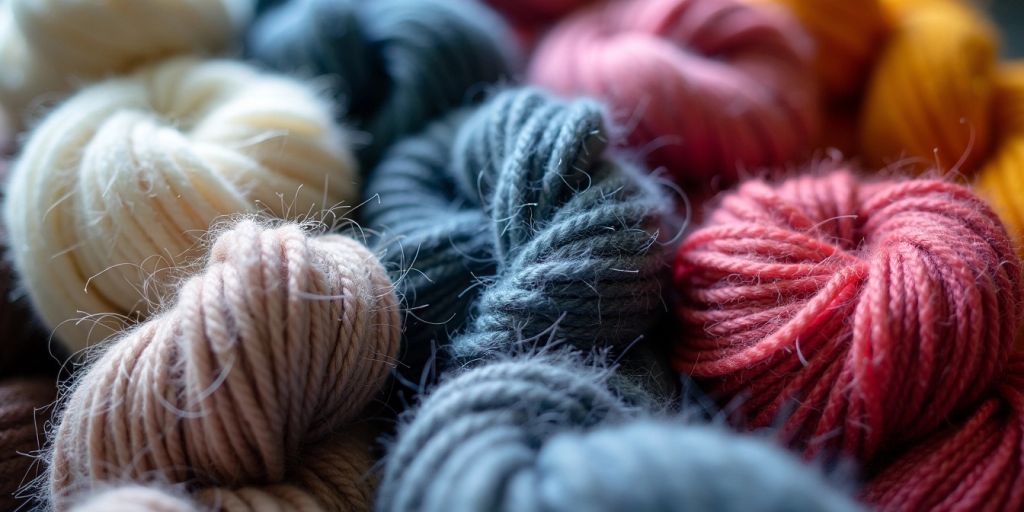What Is Cashmere? Exploring the Luxurious Material Loved by Fashion Experts
What Is Cashmere? Exploring the Luxurious Material Loved by Fashion Experts
Blog Article
Reasons You Should Require Cashmere an All-natural Fiber for Convenience and Style in Everyday Wear
In the world of fabrics, couple of fibers rival the high-end and convenience of cashmere. This unique material, understood for its premium softness and insulation, offers unequaled convenience and beauty for daily wear. What sets it apart from other fibers? Just how does it influence the setting and how does it compare to synthetic alternatives? Just how can one best make use of cashmere to boost their design? These interesting questions lay the structure for an informing expedition into the globe of cashmere.
Recognizing the Glamorous Nature of Cashmere

Assessing the Comfort Variable of Cashmere Attire
Cashmere's special fiber framework permits for breathability, regulating temperature and stopping getting too hot. Cashmere's hypoallergenic residential or commercial properties likewise contribute to its comfort, making it an excellent selection for sensitive skin. In significance, the comfort of cashmere is derived from its gentleness, breathability, resilience, hypoallergenic nature, and flexibility.

The Environmental Effect and Sustainability of Cashmere
While the comfort and sophistication of cashmere are definitely enticing, it's equally crucial to consider its connection with the atmosphere. Cashmere production, mainly in Mongolia and China, includes raising cashmere goats, which can significantly strain fragile meadow communities because of overgrazing. This can result in desertification, a pressing ecological concern. Moreover, the processing of cashmere, entailing cleaning and coloring, can also add to water air pollution if not correctly managed. Efforts are being made to develop sustainable cashmere production techniques, such cashmere as rotational grazing and cleaner processing methods. For this reason, while cashmere has ecological effects, its sustainability mostly depends on manufacturing practices.
Contrasting Cashmere to Synthetic Fibers: A Cost-Benefit Evaluation
In spite of its ecological challenges, cashmere presents a special collection of benefits over artificial fibers. On the price side, cashmere is undoubtedly a lot more expensive because of its labor-intensive manufacturing procedure. The benefits make it worth the investment. Cashmere's all-natural fibers supply exceptional softness and warmth, translating into convenience that artificial fibers battle to match. Furthermore, cashmere pieces are extremely long lasting, encouraging long life that offsets first costs over time. Unlike artificial fibers, cashmere doesn't add to microplastic contamination, making it a much more lasting selection. On the other hand, synthetic fibers, while cheaper upfront, provide less comfort, have shorter lifespans and present ecological problems. Hence, when analyzing cost-benefit, cashmere's exceptional qualities make it a rewarding financial investment for daily wear.
Styling Tips With Cashmere for Everyday Elegance
Having thought about the cost-benefit analysis of cashmere compared to artificial fibers, it comes to be clear why this glamorous product is a favored option for many. When styling cashmere for everyday sophistication, simpleness is key. Inevitably, the inherent beauty of cashmere makes it a flexible enhancement to any wardrobe, effortlessly improving day-to-day clothing with a touch of luxury.

Verdict
In recap, the amazing residential or commercial properties of cashmere make it a valuable enhancement to any kind of wardrobe. Its luxurious feeling, comfort, breathability, and flexibility to varying temperature levels are unparalleled. In enhancement, cashmere's sustainability and reduced environmental effect compared to artificial fibers additionally enhance its allure. The timeless sophistication of cashmere, incorporated with its adaptability, includes sophistication to daily wear. Investing in cashmere garments is a beneficial choice for design, convenience, and sustainability.

Report this page